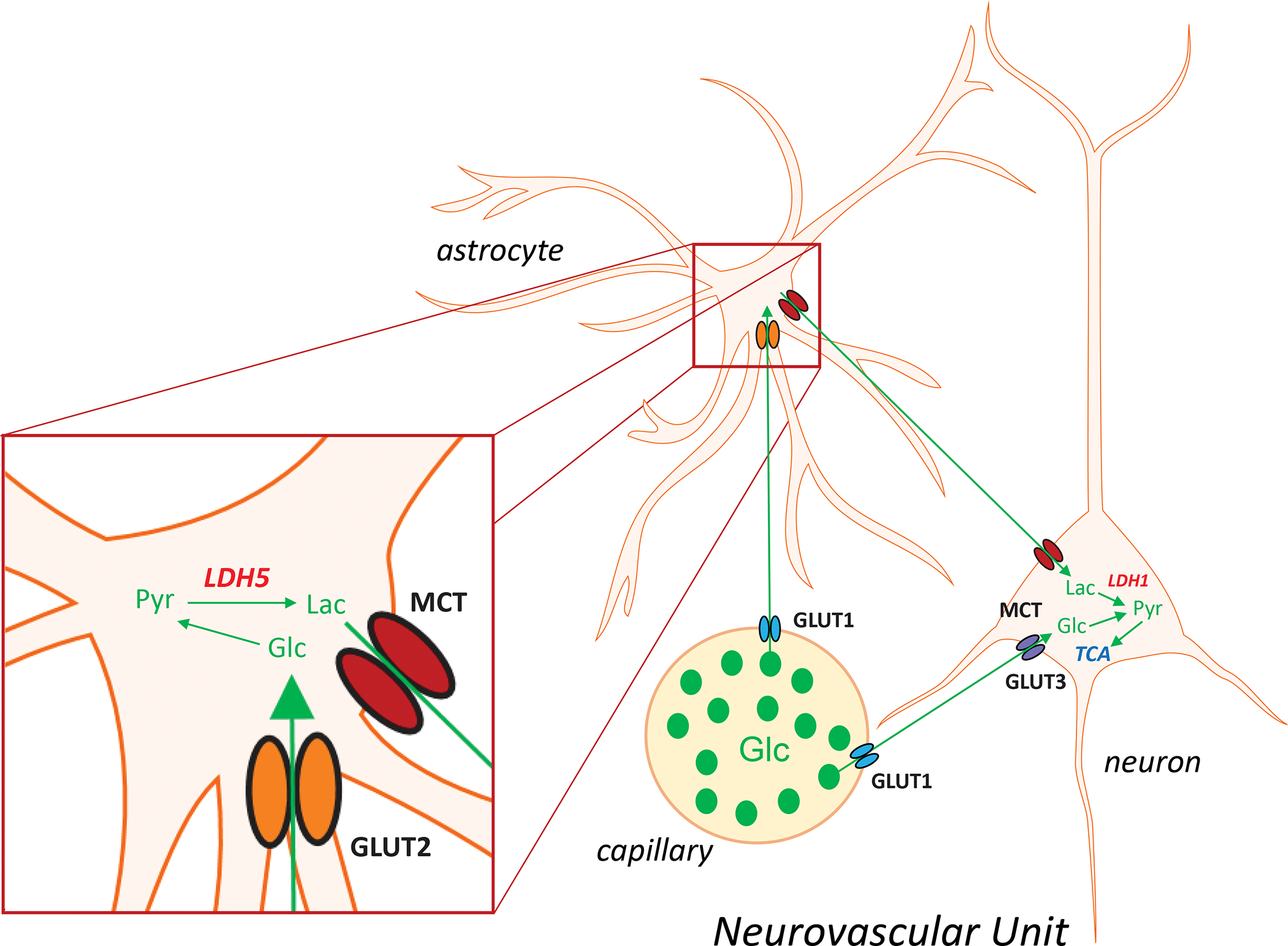Figure 1: Astrocyte-Neuron Lactate Shuttle.

Astrocytes control neurometabolic coupling. Glucose is taken up from the peripheral circulation by glucose transporters (GLUTs) differentially localized to different elements of the tri-partite neurovascular unit. GLUT1 is the main astrocyte glucose transporter, whereas in neurons the principal isoforms are GLUT2 and GLUT3. Glucose is metabolized to pyruvate within the glycolytic pathway, and then converted to lactate via lactate dehydrogenase (LDH) which exists as distinct isoforms as well, with LDH1 and LDH5 being prominently expressed in neurons and astrocytes, respectively. Lactate cannot passively diffuse down its concentration gradient through the blood-brain-barrier; hence, it must be transported via monocarboxylic acid transporters (MCTs). Our current conceptual understanding is that the lactate generated in astrocytes is transported into neurons, is subsequently converted to pyruvate, which then enters the tricarboxylic acid (TCA) cycle to generate energy.
